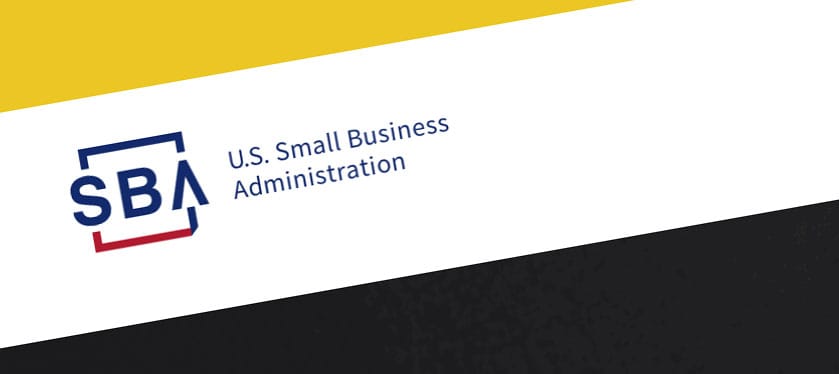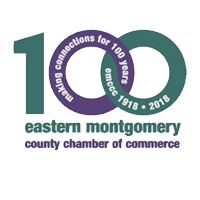SBA Paycheck Protection Loans

(April 2, 2020) The Paycheck Protection Program (PPP) is a vital part of the Coronavirus Aid, Relief, and Economic Security (CARES) Act, passed on March 27, 2020. Intended to provide relief to small businesses (borrowers), the PPP will provide approximately $350 billion in loans that will be administered by the Small Business Administration (SBA) and its existing network of lenders. These Paycheck Protection Loans (PPLs) can be used for eligible business borrower’s expenses for payroll, mortgage interest, rent and/or utilities for a maximum of eight weeks, and most important, can be entirely forgiven if the borrower meets certain criteria.
ELIGIBILITY:
Borrowers may be eligible for PPLs if they have 500 or fewer employees, were operating on February 15, 2020, and certify that the requested loan is required due to uncertainty of current economic conditions and the funds will be used to support its ongoing operations.
In addition, nonprofits, including religious organizations, tribal businesses, and veteran organizations, are eligible for the PPP. Independently owned franchises meeting the 500 employee threshold, who are approved by SBA, are also eligible.
Notably, sole proprietors, independent contractors, gig economy workers, and self-employed individuals are also eligible for PPLs.
WHEN TO APPLY:
Beginning April 3, 2020, small business owners can apply directly through SBA’s existing network of lenders.
Independent contractors and self-employed individuals can apply starting April 10, 2020.
PAYCHECK PROTECTION LOAN TERMS:
The maximum loan amount is the sum of: (i) the borrower’s average total monthly “payroll costs” during the one-year period leading up to the loan origination multiplied by 2.5 plus; (ii) the outstanding amount of borrower’s Economic Injury Disaster Loan, if any, made between January 31, 2020, and the date PPLs are first made available. Each loan is capped at $10 million. Payroll Costs include salary, wages, commissions, tips, PTO, health insurance, retirement benefits and local employment taxes for U.S.-based service providers. There are exclusions for compensation to employees residing outside the U.S. and qualified sick leave and family leave wages that are creditable under the Families First Coronavirus Response Act.
Payroll costs do not include federal payroll taxes; however, payment of such taxes can be delayed. The CARES Act will extend the deadlines of required federal tax deposits for certain employer payroll taxes and self-employment taxes incurred from March 27, 2020 to the end of 2020. Amounts will be considered timely paid if 50% of the deferred amount is paid by December 31, 2021, and the remainder by December 31, 2022.
As to maturity, PPLs may have up to 10-year terms, and interest rates will be capped at 4%”. There are no prepayment penalties, and all loan payments will be deferred for at least six months, and up to one year.
FORGIVENESS:
Most significantly, the maximum amount eligible for forgiveness is the sum of all payroll costs, mortgage interest payments, rent and utility payments incurred and made by the borrower during the eight weeks following loan origination.
Important to bear in mind is that the maximum forgiveness amount can be lowered if a borrower reduces its number of full-time employees and/or reduces an employee’s wages.
Regarding the tax impact of forgiveness, the amount of the loan forgiven, up to the total amount borrowed, will not be taxed as income.
PAYCHECK PROTECTION LOAN ORIGINATION:
Initially, the Paycheck Protection Program will be administered out of the existing network of approved SBA lenders. A current list of such lenders is available at www.SBA.gov. Additional lenders may be added as needed in the coming weeks and months.
Applications should be made direct to such approved lenders. Please click here for the application.
The typical SBA loan process may be modified and streamlined to accommodate what will surely be a high demand for such loans.
OTHER CONSIDERATIONS:
The CARES Act also provides for Employee Retention Payroll Tax Credits, yet this is an important choice that must be made, as entities may not receive both the tax credits and a PPL. Regarding the tax credits, companies that have seen: (i) operations fully or partially suspended by government order; or (ii) a decrease in gross receipts by more than 50% in a quarter measured against the same quarter from 2019, may be eligible for a refundable tax credit equal to 50% of the qualified wages of each employee up to a total of $10,000 per employee.
Especially during these complex times, the Act will require interpretation on many issues. We anticipate further guidance to be issued in the coming days, weeks and months and we will continue to update our clients with these new developments.
This article is intended to provide a broad overview of the Act, and we encourage you to contact us for specific advice regarding your individual circumstances.





